The constellation of Janek Simon’s interests: post-colonial views on a everywhere and nowhere Poland on a scale from economy and history to sharp tech tools, 3D printing and DIY triggered AI, is on view until May 19 at the Center for Contemporary Art U-jazdowski Castle, framed and discussed by curator Joanna Warsza.
Janek is a visual artist who works with installations, videos, objects. He studied Sociology and later Psychology at the Jagiellonian University in the place he lived the most, Kraków. He rescues objects, or reuses objects of other purposes, a time travel for whoever has, for instance, experienced packaging as decor in applied socialism times. He builds tools, or playful things that reside between primordial and complex, hiding a dexterous process of aesthetic decision.
In the castle, 8 enclosed spaces with 8 different names behold shelves of memory, chronological turmoil of the artist’s 15 years or probably life-long curiosities, as following: Synthetic Folklore room with patterns of the first and last works; The Sea with found objects, news, magazines, real and imagined cultural institutions; Nollywood Ashes somehow recording the Polish context into Nigerian film industry; Alaba International the trade over and under Lagos’s e-waste “industry”; 1985 with pop-culture wet dream amnesya, AI guided into learning about provenance; Poland Budget room of charts aesthetics and a bread-robot; Production of things at home a room dedicated to new measurements and the significance of technology in the 80’s Californian cyber dreams; Huaqiangbei Commercial Street like an imagined embassy of technological production in today’s China.
Janek builds in his language and aesthetics the objects that would inhabit the world if the world would be of the curious. If I would have to disclose a description of Janek’s work, I would say I identified a common effect of humour, a sexy amount of controversy and home schooled craft of both the internet that died with social media, and the brains of what social media is running onto. What Janek’s work does not lack is what him and his speech do not lack – a kind of playful positivism.
Few works of the show in Warsaw were featured in SAVVY Contemporary, Berlin in 2017 during Everything is Getting Better: Unknown Knowns of Polish (Post)Colonialism curated by Joanna Warsza, featuring Agnieszka Polska, Oleksiy Radynski, Zorka Wollny, The Club of Polish Losers among others. The Berlin show is worth mentioning due to its nature of raising important connected topics to resonances of colonial and postcolonial forces in/of Eastern-Europe in the current right-wing political bombastry. One of the starting points was the legacy of the Maritime and Colonial League non governmental organization created in the 1930s, which lobbied for a colonialist Poland, that remained only a dream, but stayed in a widely distributed magazine – Morze. The League lobbied for getting land, advantages or soldiers and other exaggerated ideas. Issues of Morze magazine, revived today by the league carrying another name, was displayed in both of the exhibitions, used visual and verbal languages of othering, similar to what we experience in communication today.
The following notes contain an imagined reorganisation of the retrospective into different meanings of the word space in Janek’s work inside and outside of the show. The thoughts are a result of conversations and recordings from both this year.s visit in Warsaw and of the encounter with his work in Berlin in 2017.
The Empty Space
Synthetic Folklore is a retrospective in a public institution in Warsaw. In between guided tours, Janek tells over a coffee about the local scene, about power, censorship, selling art, the public and the difficulties of finding modes and mediums that could have a real political impact in society.
Could it be that the courageous confrontational style of the artists in the early 00s is replaced now by the guts of political theater where censorship is visibly occuring (ex: theater directors being fired)? The constant economical growth might be a reason why fighting politically is not happening at the moment on a national scale. Swinging between the theater and conceptual art, and assigning art with the responsibility of raising issues, a verdict is given: the Polish art scene is in crisis. “The Warsaw art scene really needs that kind of energy – artist organized spaces. The public institution sector is OK. The commercial galleries sector is quite vibrant”, says Janek. But the lack of some kind of space of one’s own is giving a feeling of lethargy of the collective Polish body of artists mostly working from abroad.
This question of the impact of art in society, change, still in a playful manner, is a concern of the artist, a big part of his practice. Speaking about change, the project Goldex Poldex Janek was doing in Krakow for four years with friends (Jan Sowa, Kuba de Barbaro and Agnieszka Klepacka), was looking into new models of artist run spaces. Something neither depending on funding, or a commercial gallery. Goldex Poldex was experimenting with budgets: bitcoin, exhibition budgets played in lotto, funded a project with profit from selling cigarettes from Poland in Berlin on the streets and other gimmicks. Hard to open a space like that in Warsaw in a period of thinking about economical conditions and cultural politics. Insisting on change, when speaking about solutions for reaching audiences, he told a story about a project he started with colleagues from Krakow – a traveling exhibition in a few Polish cities. Financed with a crowdfunding campaign, no institution, no curators and organized entirely by a team of artists – Agnieszka Polska and Jakub de Barbarothe – the exhibition featured artworks of contemporary artists from Poland. Guided tours were provided every hour. This is one of the works connected to Janek’s community work.
Walking along the rooms, a particular disagreement with the present order in society seems to fuel the aesthetics leading towards a colorful utopia. The attitude resides in both the works and his discourse: “I am trying to create imagery that is somehow powerful. This notion of poor objects, not cheap in a material way applies to both art and left wing politics, which feel that we should create some projection of power, at least projection of strength. Saying sorry all the time is not something that can actually inspire people to act and so I am trying to create images that are somehow powerful.”
The choice of colors in most works comes from the material as well: “with the 3D printed stuff, the choice of materials is restricted by the kinds of materials that I can buy, but there is quite a lot of attention on how it looks. There is a lot of experimentation behind the process of printing.”
Behind patterns are numbers and most often these objects are icons of some sort of economy. The works in the Poland Budget series form 2018-19, PIT from 2019 and Exhibition Budget from 2019 are transfers of numbers into form, something which is in fact an act of power of interpretation/ re-interpretation. In order for one to understand systems, one has to translate them into their own language.
Topics in Space
The sequence of thoughts on essentials of knowledge such as: identity politics, otherness, traveling, economy, cultural geography, artificial intelligence are also marked in the labels of the walls of U-jazdowski and in the brochure with different #hashtags.
A map-sculpture of the retrospective (2015) is set on the panel at the entrance of the show. Janek made it. Reproductions of it in 2D are floating around in the hands of visitors who carry the guide of the exhibition as explorers of Janek’s mind, something like Janek’s archive or Janek’s house. The patterns of the map are a translation of his constellation of his works, but also of his curiosities and concerns.
In 2007 Janek made the first show that examined history from a post-colonial perspective. Other works followed and still follow today, including The Phantom Body of the King (Fantomowe cialo krola) by Jan Sowa, published in 2011, dealing with reinterpretations of Polish history. The importance of training thoughts of post-colonialism, are allowing access to a source of tools of inquiry for the current times of political frenezy. But there are several sides of the coin when we talk about free speech, even looking into the use of this of this theory: “This is how the right wing is using postcolonial theory to defend their politics – they say that LGBT rights are not something that comes from Poland, but it is the Western colonization of Poland. Something that is supposed to be emancipatory is used in a way to defend irrational positions.” Those occurrences may legitimize and encourage Janek’s imagination of a utopian set of applied universal rules.
The work that carries the name of the show, Synthetic Folklore (2018) consists of a number of softwares Janek built by himself. The first software creates random designs out of a database of patterns and a certain set of rules. The second, which is a neural network selects the best options, based on his preferences. This process of universalizing is subjective, emotional, aesthetic, embedded in memory and preference, like probably any other form of generalization can be. A similar hybridization of ethnic motifs are in the work Polyethnic from 2016 where African, South American and Polish elements meet in warm plastic.
As we already know, essentializing is problematic, regardless of it being done by people, AI, people and AI – and, as the curatorial exhibition proposes, a look into “a new universalism in an era of identity politics”, the show Synthetic Folklore begins with what can be a peak into what decor-folklore could be in a dimension with applied universal rules. As Janek says, “it is hard to make a universal set of values, and it is problematic. Maybe algorithms can help us negotiate different points of view in a more horizontal way, in the sense that there are no privileged positions. Places are different and it is very hard to look for a common denominator. But in the past years I realized that is important to look for one.” A call for a common ethos is a favorable proposal for thinking art as communication and as a space of craft, for thinking and design in accordance with basic needs, and that is another characteristic of Janek’s work.
Space As Medium
The show consists of different illustrations of his interest for tourism, “alternative tourist” as he labels himself in an interview by Ana Teixeira Pinto Geographies of Privilege and Exclusion: The Madagascar that never was. He points in conversations towards this important travel in 1998 in India, that completely changed his perspective, a case of geographical relationship to places and “the added value in going somewhere by yourself” as a method.
Another incursion in space as medium, is the work Polish cultural Season in Madagascar, 2006. The unscrutinized story of the unfulfilled plans of Polish colonialist legacy influenced Janek to open indirectly this political topic by showing works of Central European artists in a fictitious cultural center located in front of the local Goethe Institut. While researching for this project he came across the long talked about the magazine Morze, from which few issues under glass are displayed in the show.
The work named after the Alaba International Market the e–junkyard in Lagos, Nigeria, also home to Nollywood cinema gives a sort of soft traveler sensitivity feeling to the entire viewing experience. Patterns of fabrics, arranged as for sale, a fan, extension cables in bright orange meeting with blinders meet in the colorful deiglight of the blinders. The work, set on a table made out of iron, beholds the memory of the undisturbed imaginary of a traveler.
Wood, steel, glass, text, icons, signages, frames, languages, portraits, drawings, icons, landscapes, documents, maps. To be aware, to keep, to remember. “When you go somewhere and you tell a story you always edit it.” is the sentence that describes the best Alang Transfer work, 2012 installation composed of more than 100 images from the ships deconstructed in the graveyard in Alang, India collected from the local market by the artist throughout his travels. As Janek is pointing our, those images have minimal value and that has changed now since the images can be sold. Images originally belonged to diverse geographies, diverse times but encourage an innocent imaginary of a collection of humble visual culture. Those images function as a map, as the work is described, but simultaneously as souvenirs from a no-land of curiosity.
As Marco Polo who was supposed to be objective in his encyclopedia of places, he talks about cynocephali, people with heads of dogs who grow spices and are very cruel. Janek made 3D printed depictions of these dogs to materialize and address the beginning of exoticization. “Mainstream travel writing and TV, always have this sense of danger. Two forces acting – one is trying to make place seem more far than they really are and the other forces that brings places together – like Lonely planet, you buy a guide book and you go there, you buy a plane ticket and you basically survive.”
Time For Space
Officially 15 years of work titled as artist, show a didactic singular, solely artworker glueing the tip of his fingers when glueing together topics of different realms. Janek was socialized in communist Poland and later in social science.
Janek’s first work Carpet Invaders, an interactive installation resembling a 19th century caucasian prayer rug, is a 8-bit sounding computer game projected on the floor. He thought about it before 9/11 and executed it in 2002. This associative piece which is probably informed by the 90s club scene experience where he was doing VJ work for music events, was initially submitted as a response to an open call. The the club scene commercialization emerged, Janek decided to find another space to express himself. “I put the piece in the beginning of the show because it is kind of predicting my main interests driven by curiosity: technology in a DIY direction and traveling somewhere far.”
When asked what was recent history, and what is still present and vivid here from that history, a discussion started talking about the logic of discovery. Few issues of the widely distributed PAN erotic magazine, published between 1987 and 1991, display the circulation of western imaginary on consumption. Partly shown in the framework of Perverse Decolonization in Akademie der Künste der Welt, Cologne, the project 1985 is a result of investigating the 80s in Poland, research partly done with Max Cegielski. “After going through these materials about the 80s we realized that communism didn’t ended in Poland in the 1989s, but much earlier 1986 was already full blown free markets economically here. Of it was not all legal, there was a lot of grey zone but the reality was that the 89 was not the revolution but a gesture of confirming something that already happened. This story was not told and it is a part of the major historical narrative about the Poland’s struggle between communism and anti communist forces that won in 1989. But the capitalist forces were already introduced in 1987. Both solidarity and the communist party were doing the same thing.”
In the same room, nowadays surveillance speculation freezes face. Synthetic Poles, 2019 is done from newly produced images with an algorithmic neural network developed by the artist. If photographed, the phone camera identifies people, those people are newly rendered Pole from images of 10.000 Polish citizens.
In an apparently silent atmosphere, the load of vernacular objects in the rooms with 1985 and Morze magazines work, a small noize in magnetizing people towards a bread that is avoiding obstacles. Cracow bread, a work from 2005 is labeled as a mechanical object. In fact is a handcrafted walking bread-robot that avoids obstacles.
My Space
The vitrines that host the objects, are build out of material cornered by 3D objects made by the artist. Spending a while in the rooms dedicated to this exhibition becomes rather difficult to imagine the temporary instance of an art show. The entire feel of a scrutinized collection moved from a house- atelier hybrid into an artspace makes gives the visitor a feeling of a studio visit.
In the space Production of Things at home, few issues of Mondo 2000 cyberculture magazines are protected by glass. Janek had internet from a young age. As well, a lot of DIY knowledge he acquired was from writing software as a web developer in the early days of internet. “Mondo 2000 are quite rare and valuable. History of San Francisco media cyber culture. I was reading that in 2000, in the techno club scene in Poland someone was bringing an issue from London and everybody was reading it, it was really inspiring.”
Another work that hybridize different ways of looking at space, is the Chinese calculator, 2006 which is literally a modified Unitra calculator, a reverse engineered calculator. Created to calculate in such way that the final result is increased with a below the percentage limit, 7%, the calculator was inspired by a real scam story that the artist experienced wanting to exchange money in 2000. Expanding this percentage into physical space, Janek recalculated and remade with new proportions the house where he used to spend his summers as a kid.
Reflections of neon lights over a screen take to to a walk on the street of the cheapest version of tech innovations. The small embassy of the Huaqiangbei Commercial Street is totally legitimized by the problematics of his positioning in relation to his work-driven hedonism: “My position is that I am trying to use this system to gain this kind of community freedom, to have this luxury of working without any constraints.”
The practice of Janek Simon can be and should be a school subject. Not only an art school subject, but an alternative education on building unapologetic tools of walking in tandem with each other towards a material creative alternative to dissect hegemonic systems.
Consulted texts:
Artist’s bio on RASTER Gallery Website
Janek Simon Synthetic Folklore on u-jazdowski website
Everything is Getting Better: Unknown Knowns of Polis (Post) Colonialism edited by Joanna Warsza and Jan Sowa published by SAVVY Contemporary, April 2017
Presentation of Goldex Poldex experimental project space online on Designing Economic Cultures
Forget Postcolonialism, There’s a Class War Ahead By Jan Sow on NonSite
About the show Dirty Universalism. ‘Perverse Decolonization’: Janek Simon and Saddie Choua on BLOK
Artist’s presentation on Culture.pl
Janek Simon, Synthetic Folklore, is at U-jazdowski Castle Centre for Contemporary Art until May 19, 2019.
The author would like to thank U-jazdowski Castle Centre for Contemporary Art for covering the travel costs of the visit.
POSTED BY
Jasmina Al-Qaisi
Jasmina Al-Qaisi (b. 1991) is a visual ethnographer and a cultural correspondent. She lives in Berlin and works in the archive of the art and project space Savvy Contemporary....
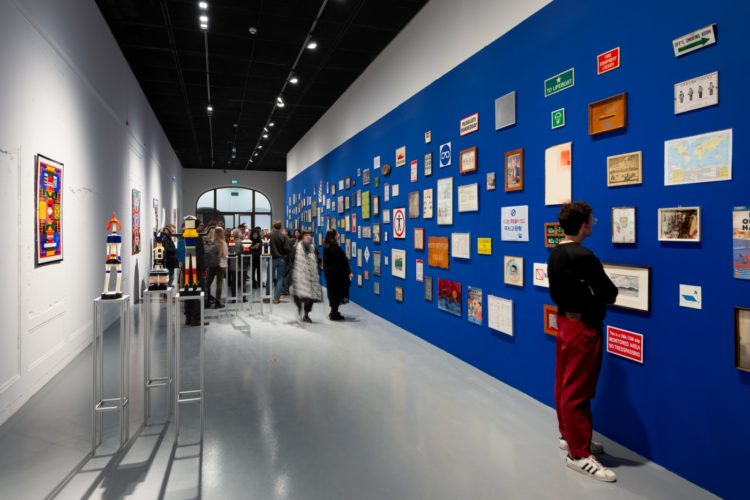
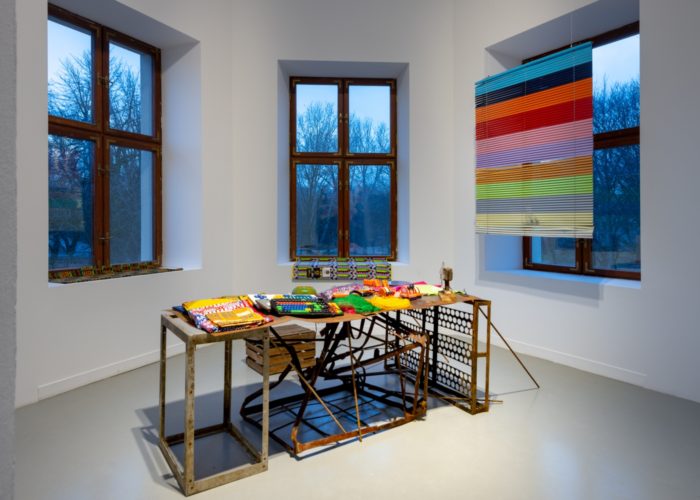
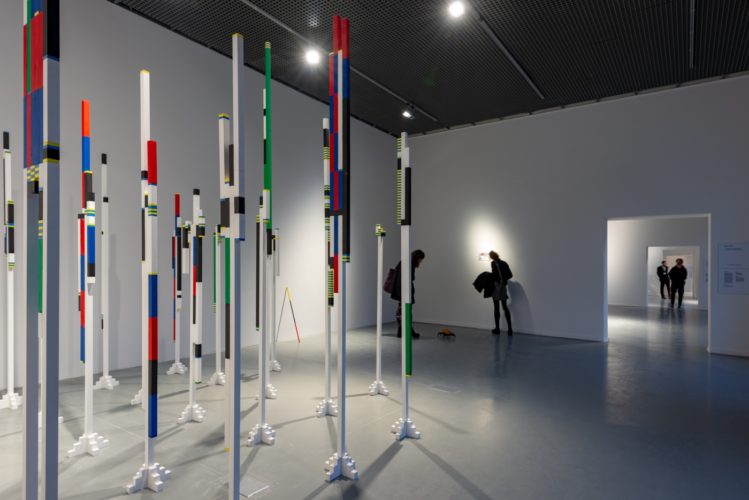
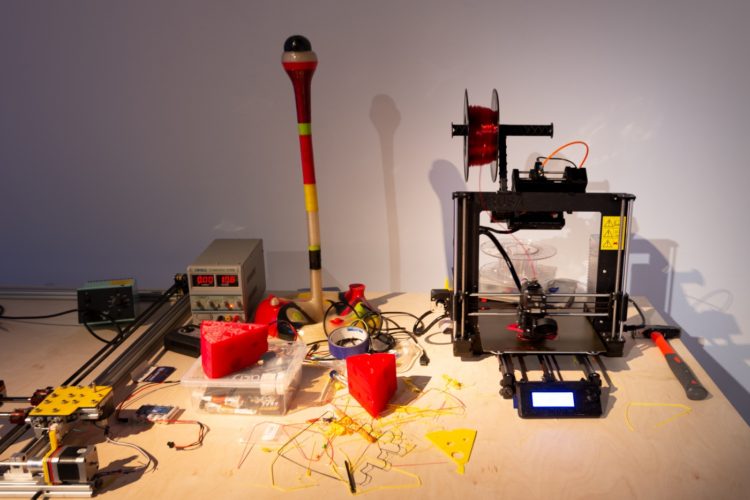
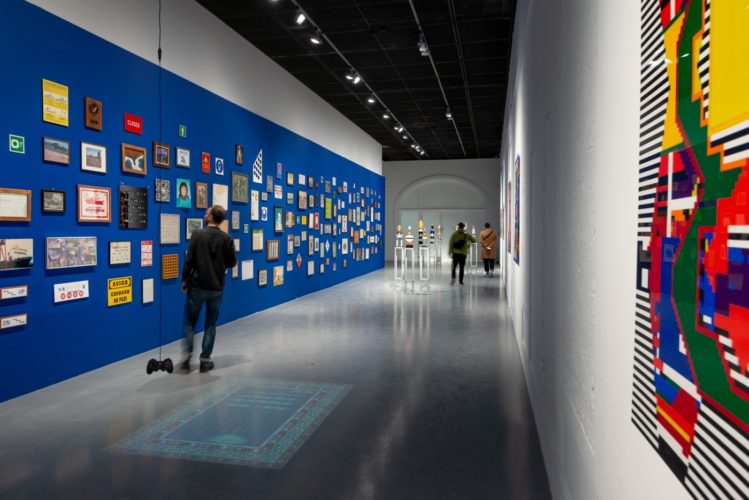
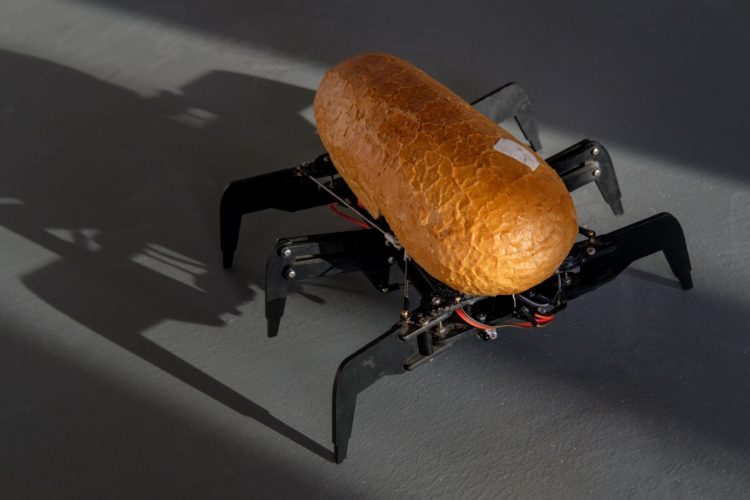
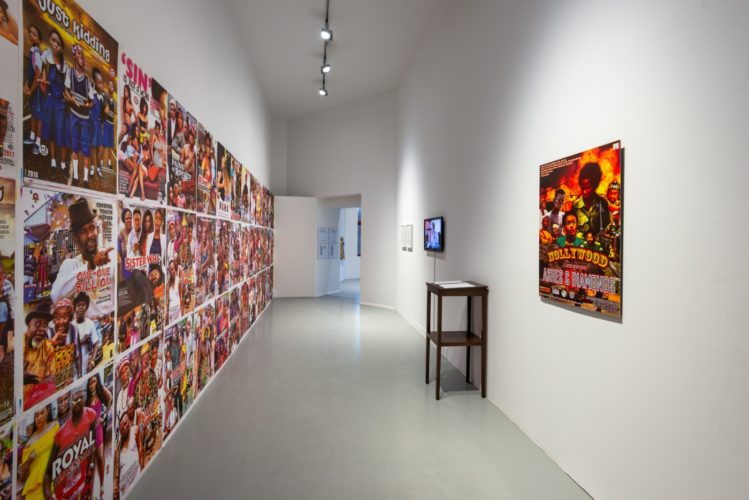
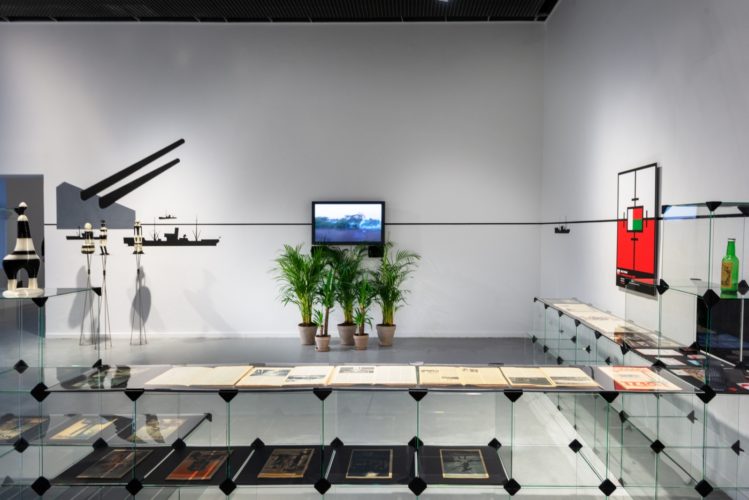
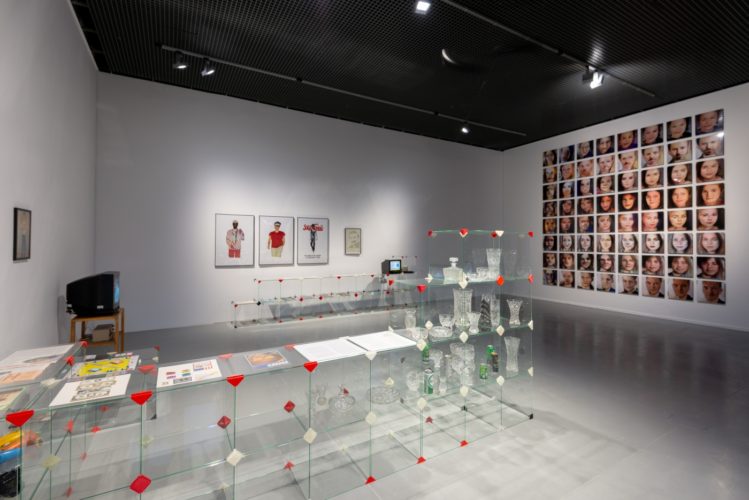
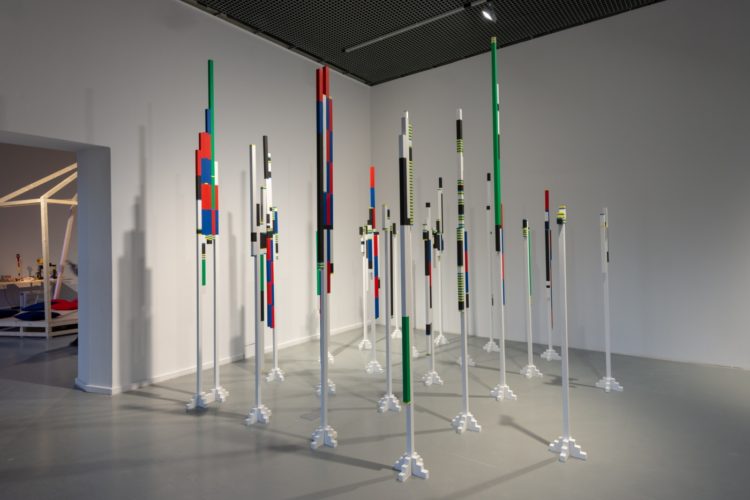
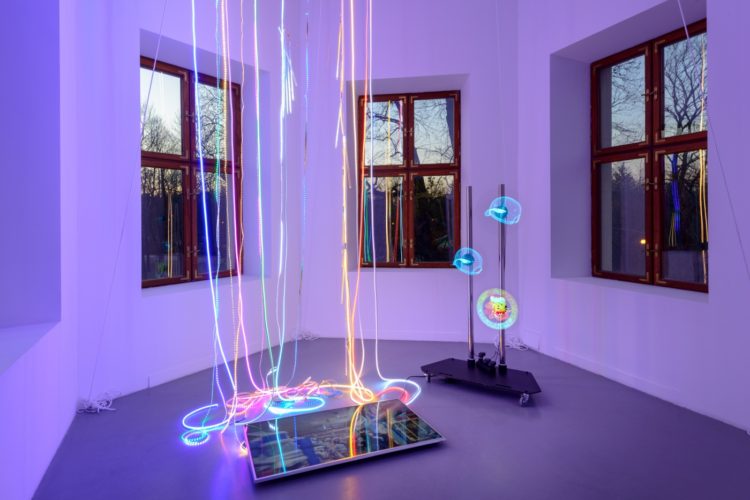
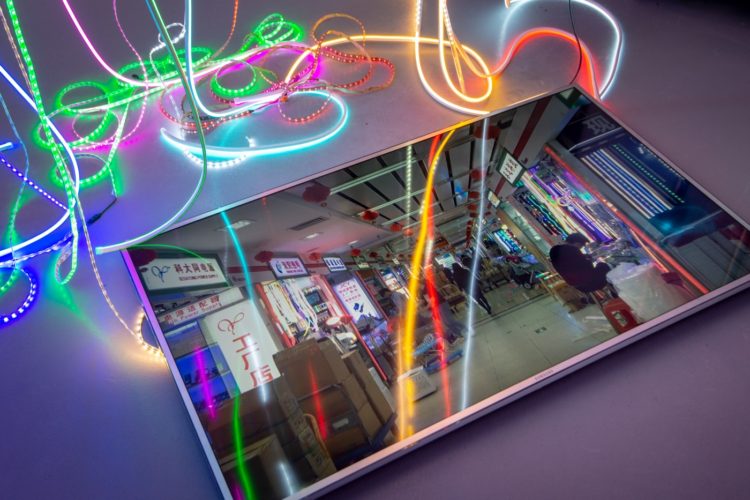
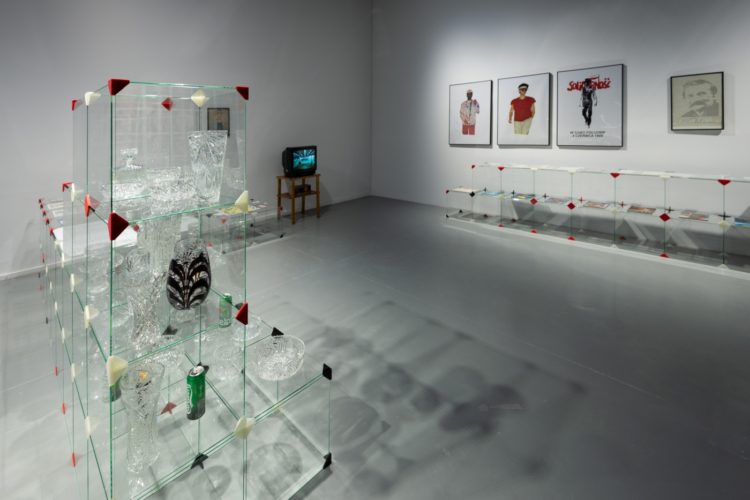
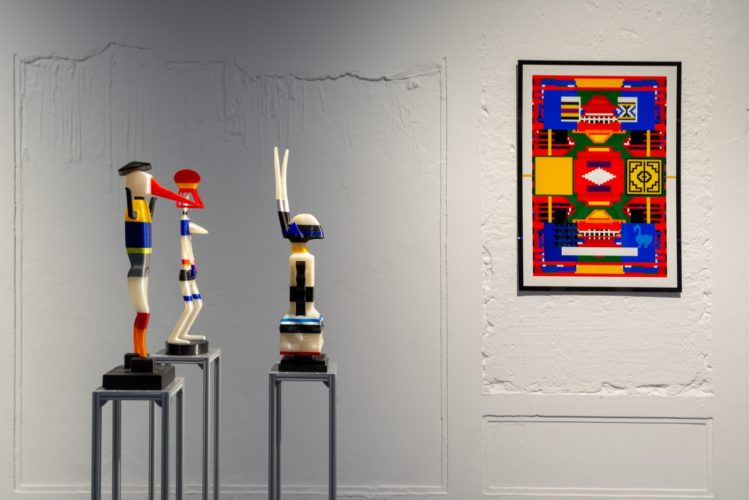
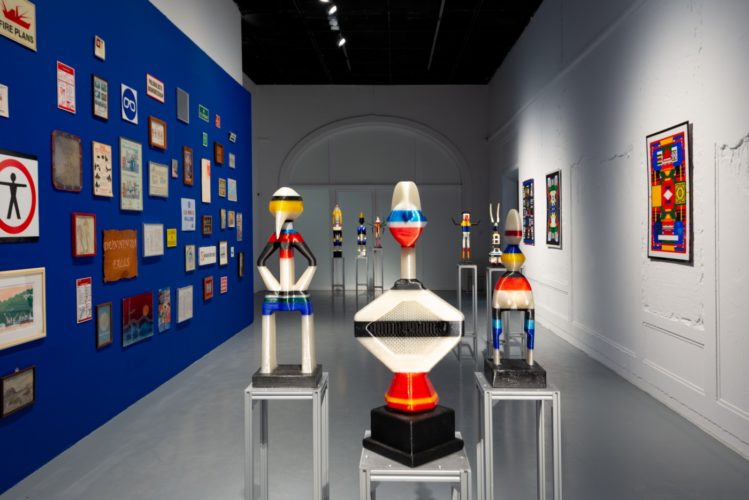
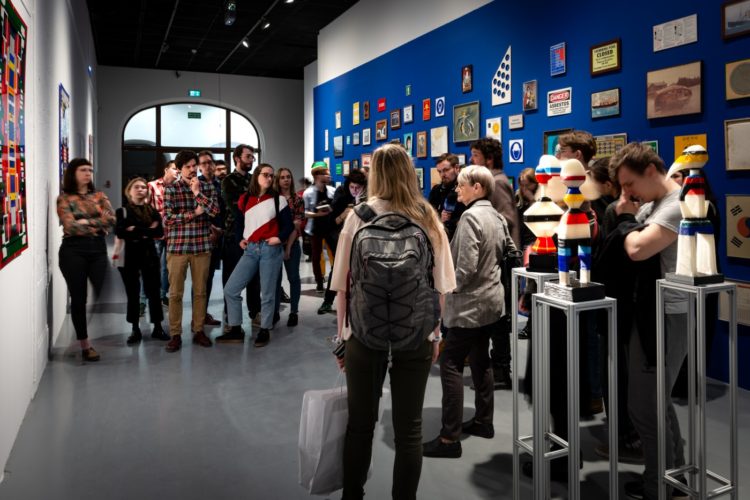
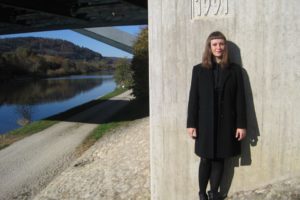
Comments are closed here.